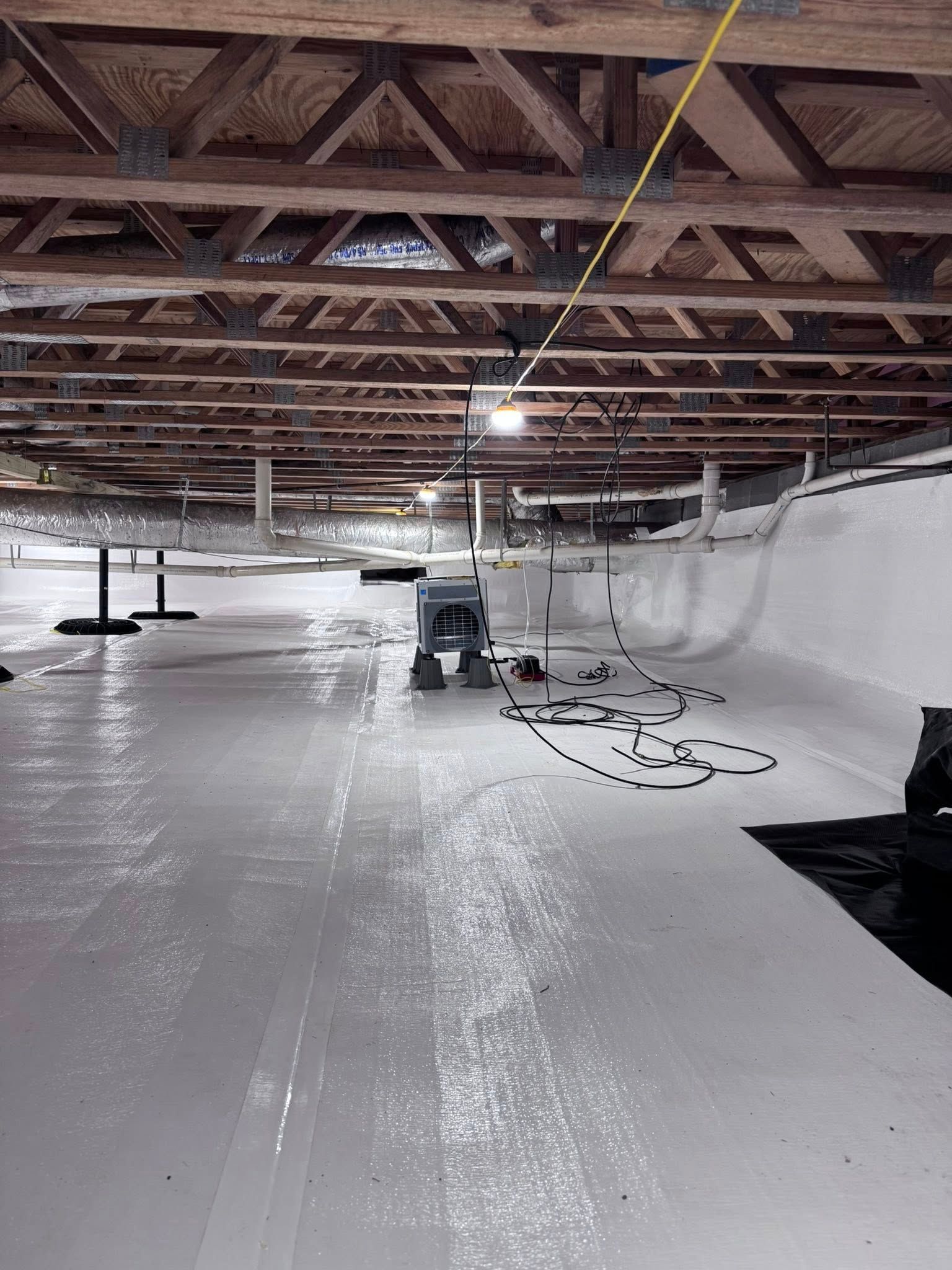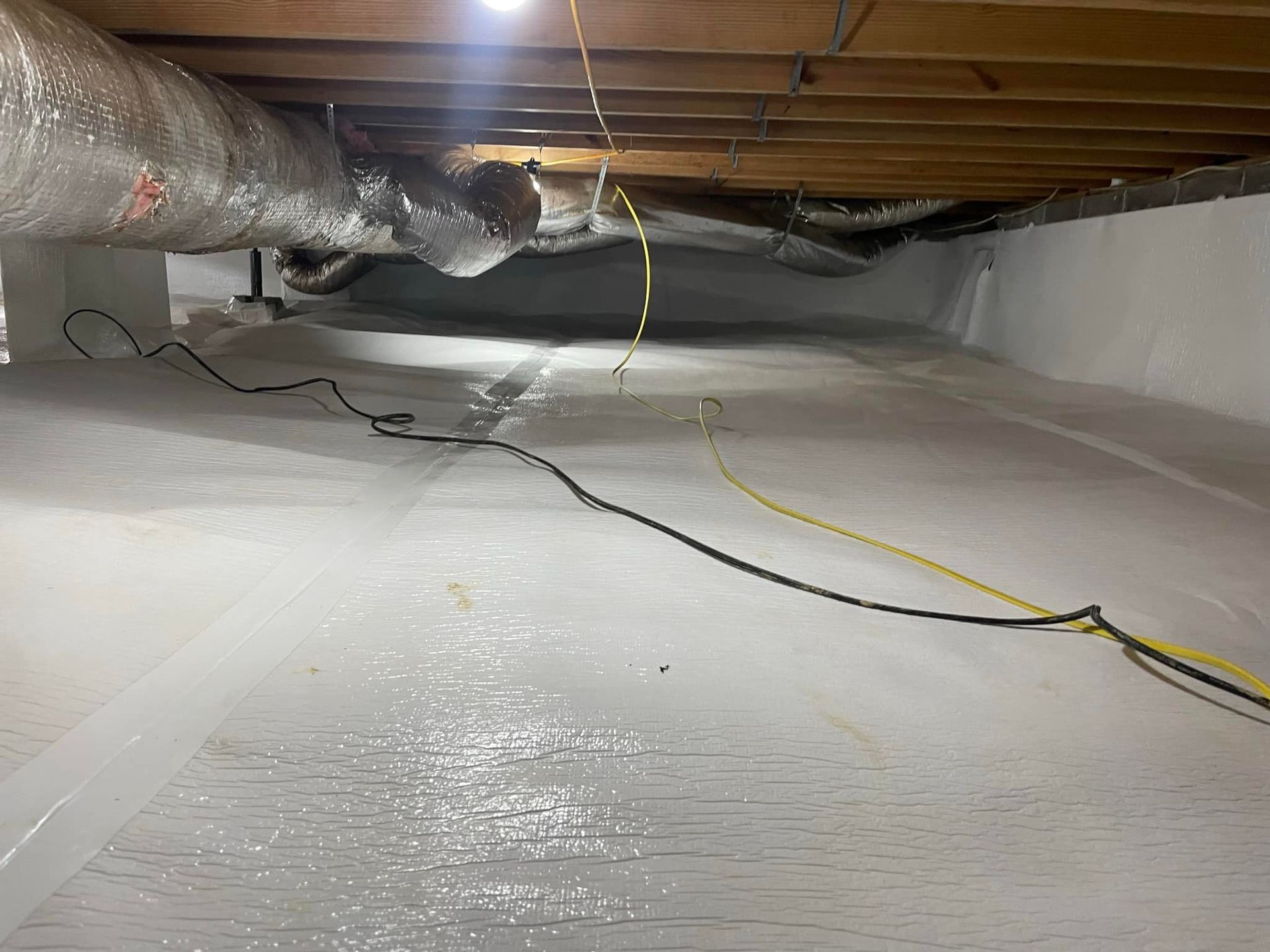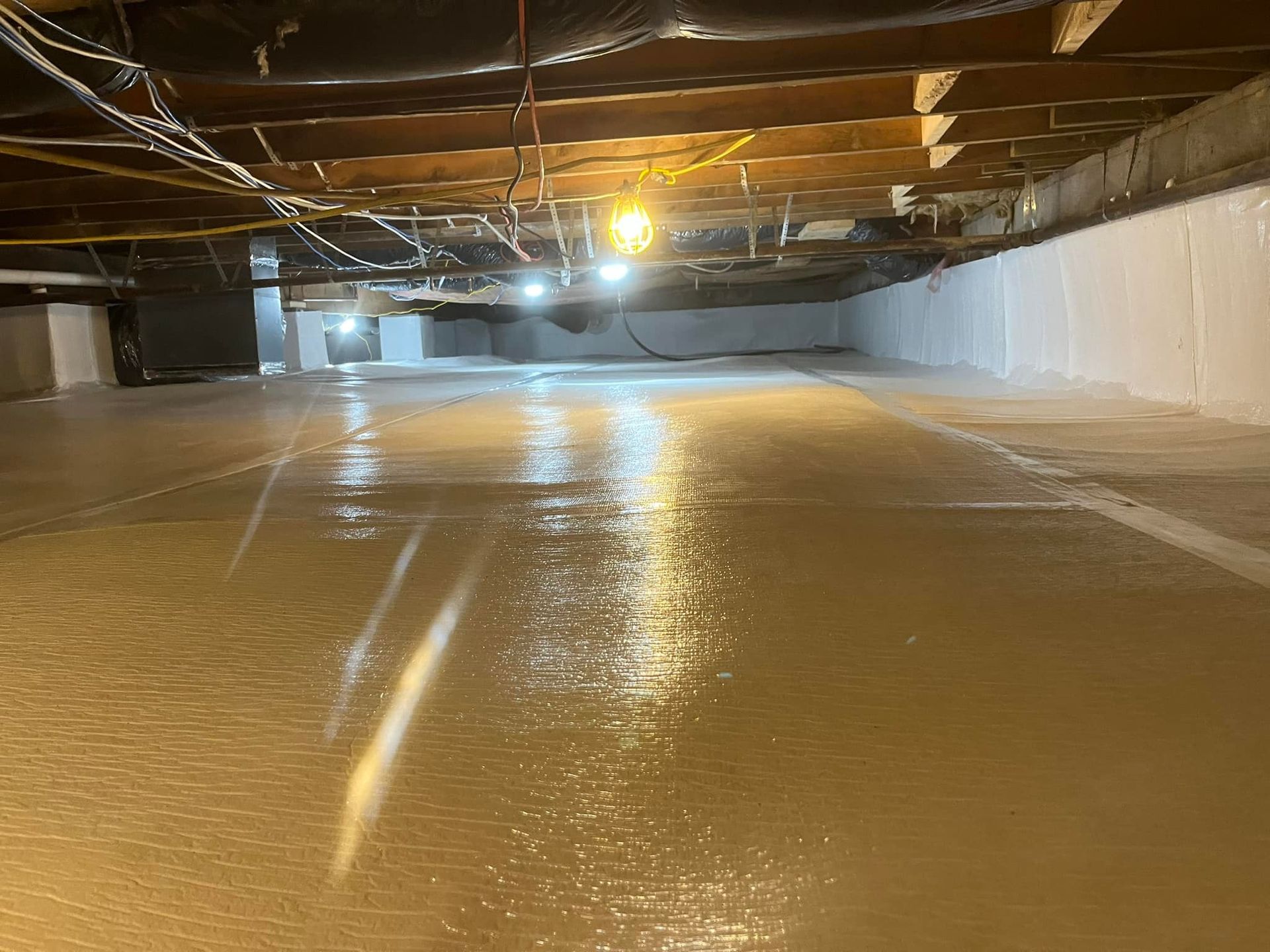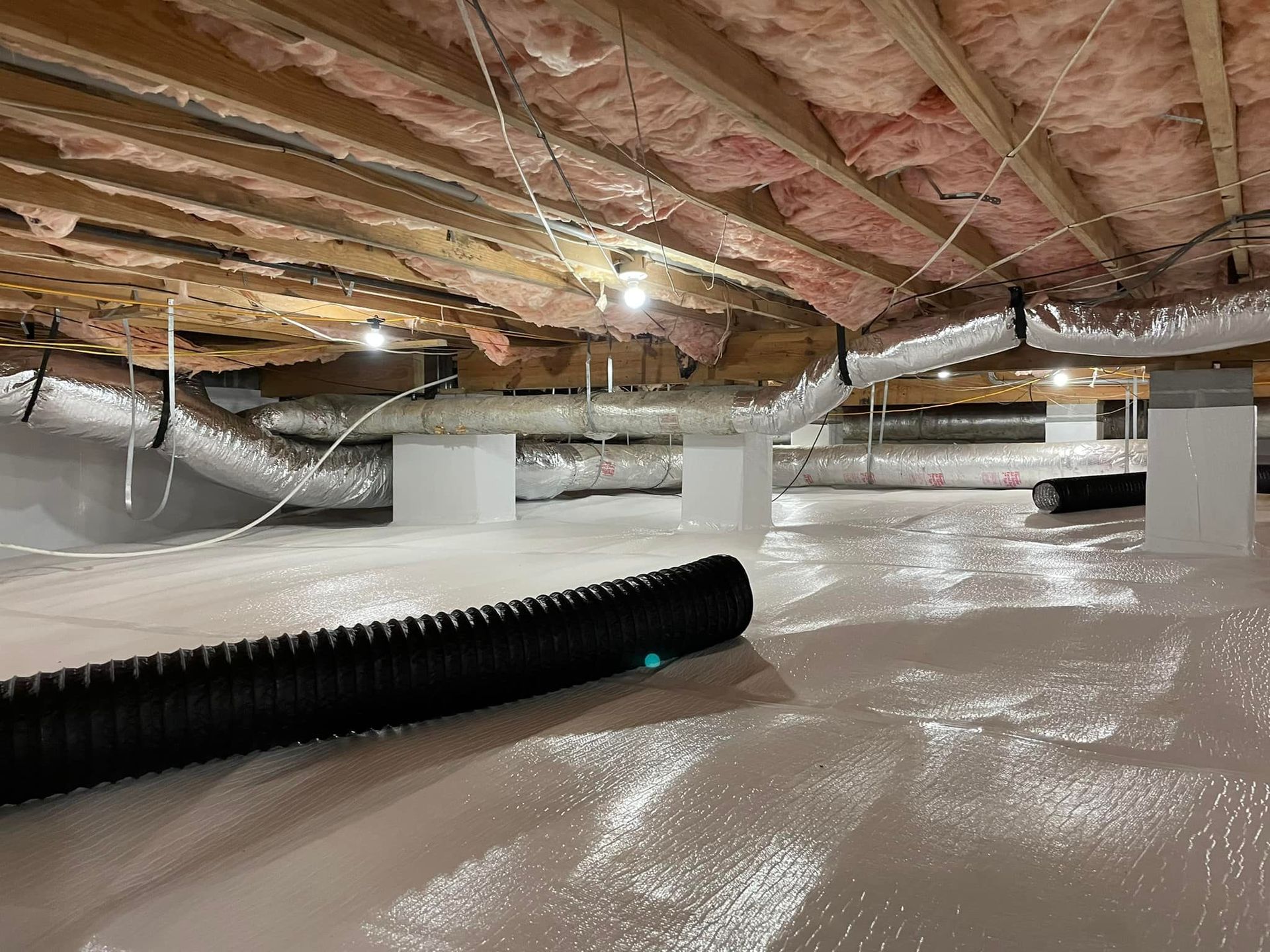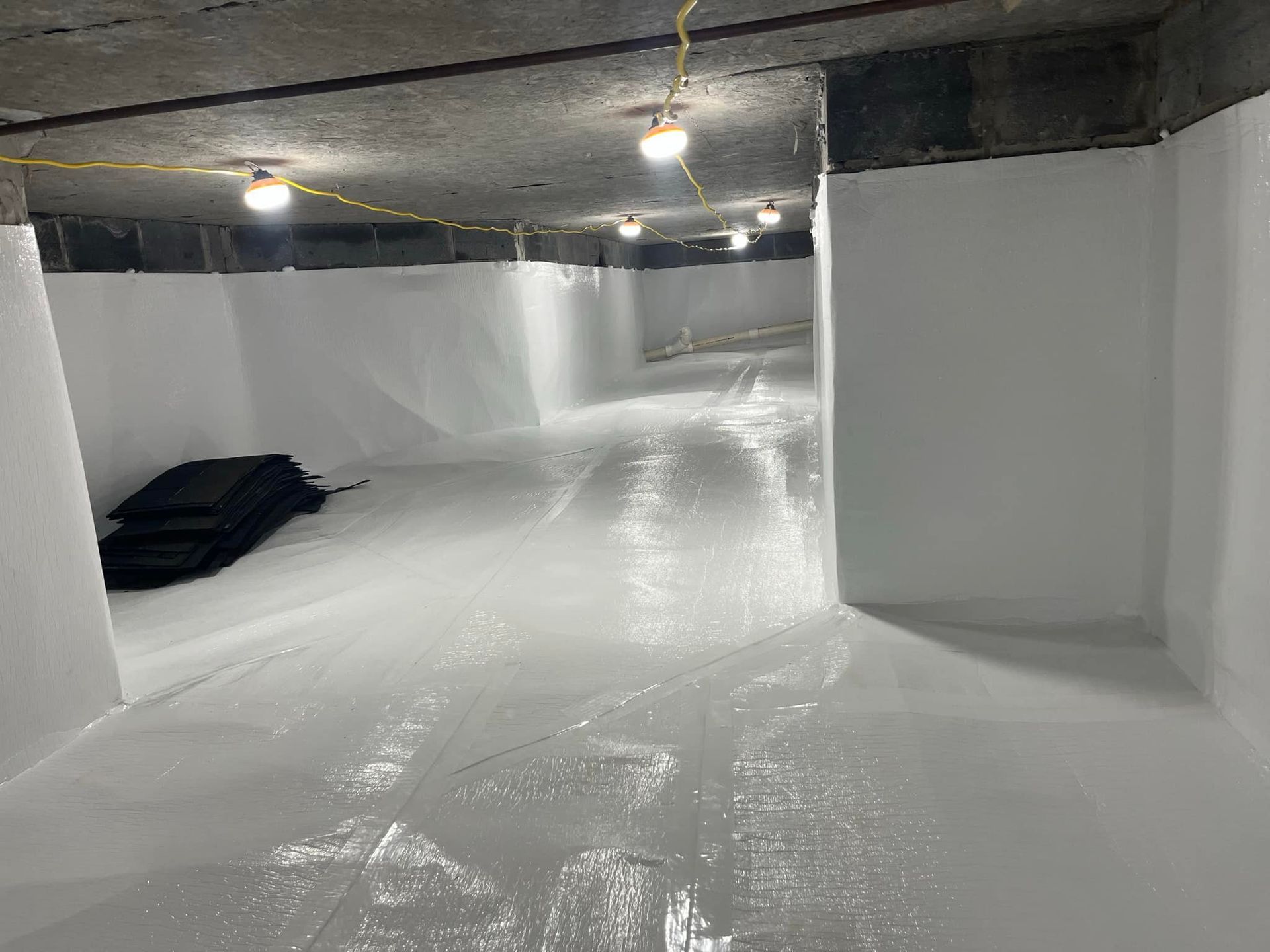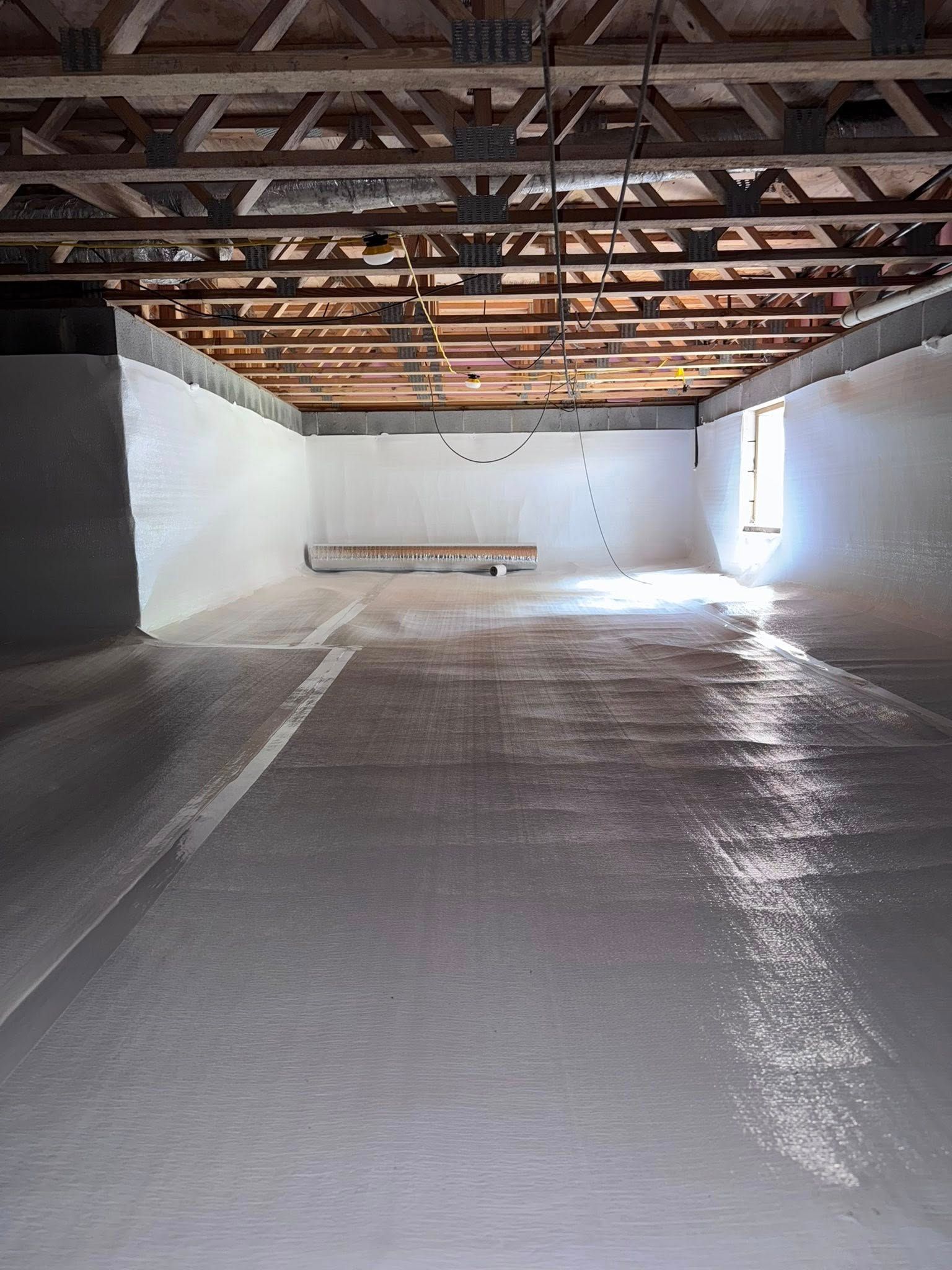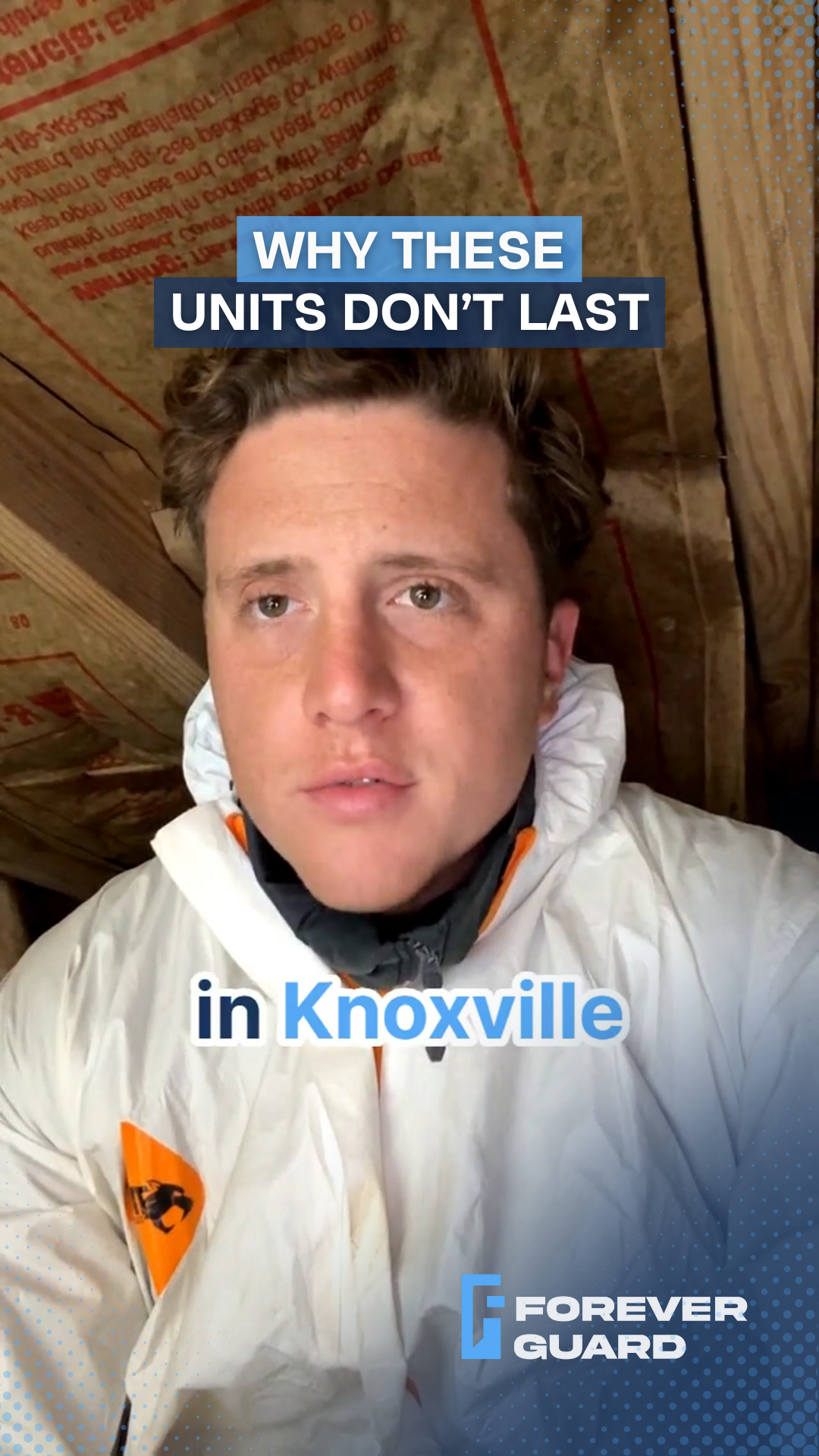How We Stopped This Knoxville Home's Foundation from Settling
Foundation Cracks Don't Fix Themselves - Here's What We Did
A complete look at how we stabilized a settling foundation and protected this Knoxville home from future damage
I'm standing in a crawl space in Knoxville right now, and my team is wrapping up a job that tells a story I see too often.
The homeowners noticed a few cracks in their foundation.
Small ones at first.
They figured it was normal settling, nothing to worry about.
But foundation cracks are like warning lights on your dashboard.
They're trying to tell you something, and ignoring them won't make the problem go away.
By the time we got the call, this house had three significant cracks - one on one side, two on the other.
The foundation was settling, and without intervention, those cracks were only going to get bigger.
Doors would start sticking, floors would become uneven, and eventually, they'd be looking at major structural damage.
What We Found Under This House
When we started the inspection, the foundation cracks were just part of the story. The crawl space itself was a mess:
High moisture levels throughout the space. Water pooling at the low point. Conditions that were perfect for fungal growth. Insulation that had seen better days.
Here's what most people don't realize - foundation problems and moisture problems often go hand in hand. Water in your crawl space can weaken the soil under your foundation, causing it to settle. And when your foundation settles, it can create gaps that let even more water in.
This home needed more than just foundation repair. It needed a complete solution that addressed both the settling and the moisture.
The Right Way to Stop Foundation Settling
When your foundation is settling, you need a real solution, not a temporary fix. That's why we're installing helical piers on this Knoxville home.
Think of helical piers like giant screws that anchor your house to stable soil deep underground. We bring in a mini excavator, carefully dig down to expose the footer, and attach a bracket. Then we drill these steel piers down through the weak, shifting soil until we reach the kind of stable ground that can actually support your home's weight.
The key is getting enough pressure to transfer the weight of the house from the unreliable surface soil to that deep, solid foundation. Once the piers are in place, they stop the settling in its tracks. No more movement, no more new cracks, no more worrying about what's happening under your house.
Surface patches and crack fillers might hide the problem for a while, but they don't address what's causing it. Helical piers fix the root issue.
More Than Just Foundation Repair
Here's where a lot of companies would stop - fix the foundation and call it done. But that doesn't make sense when moisture is part of what caused the problem in the first place.
For this Knoxville home, we're doing a complete encapsulation of the crawl space. We're sealing it off from ground moisture, installing a dehumidifier to keep humidity levels where they should be, and putting in a sump pump at the low point to handle any water that tries to collect.
This isn't just about fixing today's problem. It's about preventing tomorrow's problems. A dry, properly sealed crawl space means the soil under your foundation stays stable. It means your wood stays healthy. It means you're protecting your investment from the ground up.
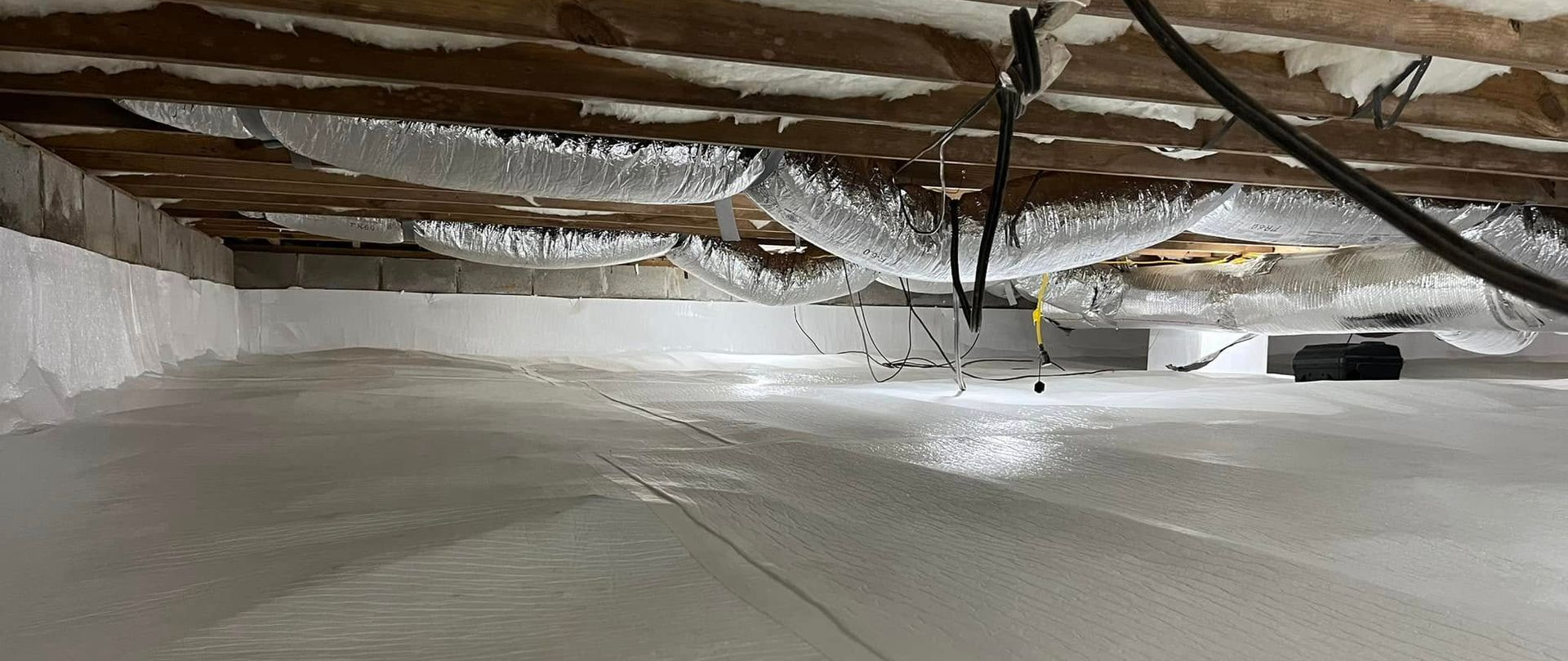
What Knoxville Homeowners Need to Know
Foundation issues are common in our area, and catching them early makes all the difference. Here's what to watch for:
Cracks in your foundation walls, especially if they're getting wider. Doors or windows that suddenly stick or won't close properly. Uneven or sloping floors. Gaps between walls and ceilings or floors.
If you're seeing any of these signs, don't wait. Foundation problems don't get better on their own, and the longer you wait, the more expensive the fix becomes.
The good news is that when you address settling early with the right solution, you can stop the damage and protect your home for years to come.
Protect Your Investment Before Problems Grow
Look, foundation problems can feel overwhelming. But the truth is, addressing them early with the right approach means you're protecting one of your biggest investments.
We've helped dozens of Knoxville homeowners stop foundation settling before it turned into a major structural issue. And every single one of them wishes they'd called sooner.
If you're seeing cracks in your foundation or signs that your house might be settling, let's take a look.
We'll give you an honest assessment of what's happening and what it'll take to fix it right.
Don't let small cracks become big problems. Get ahead of it now.

